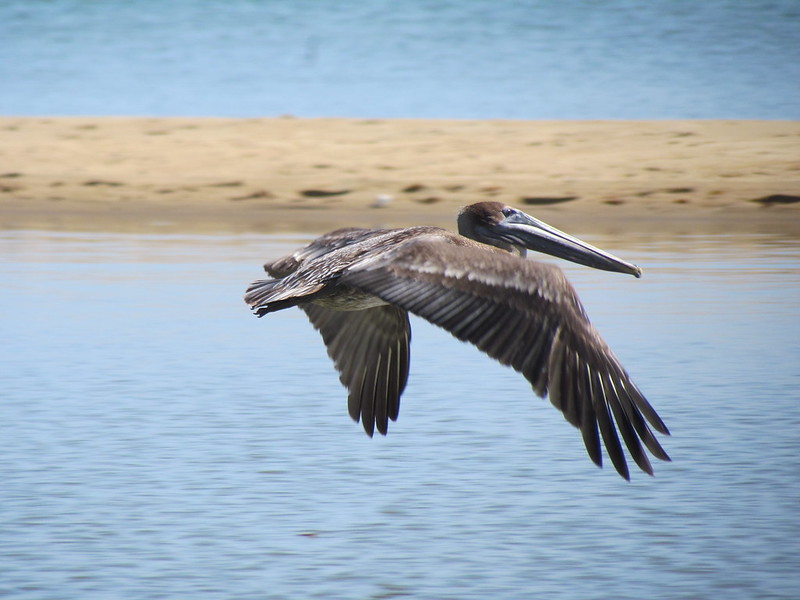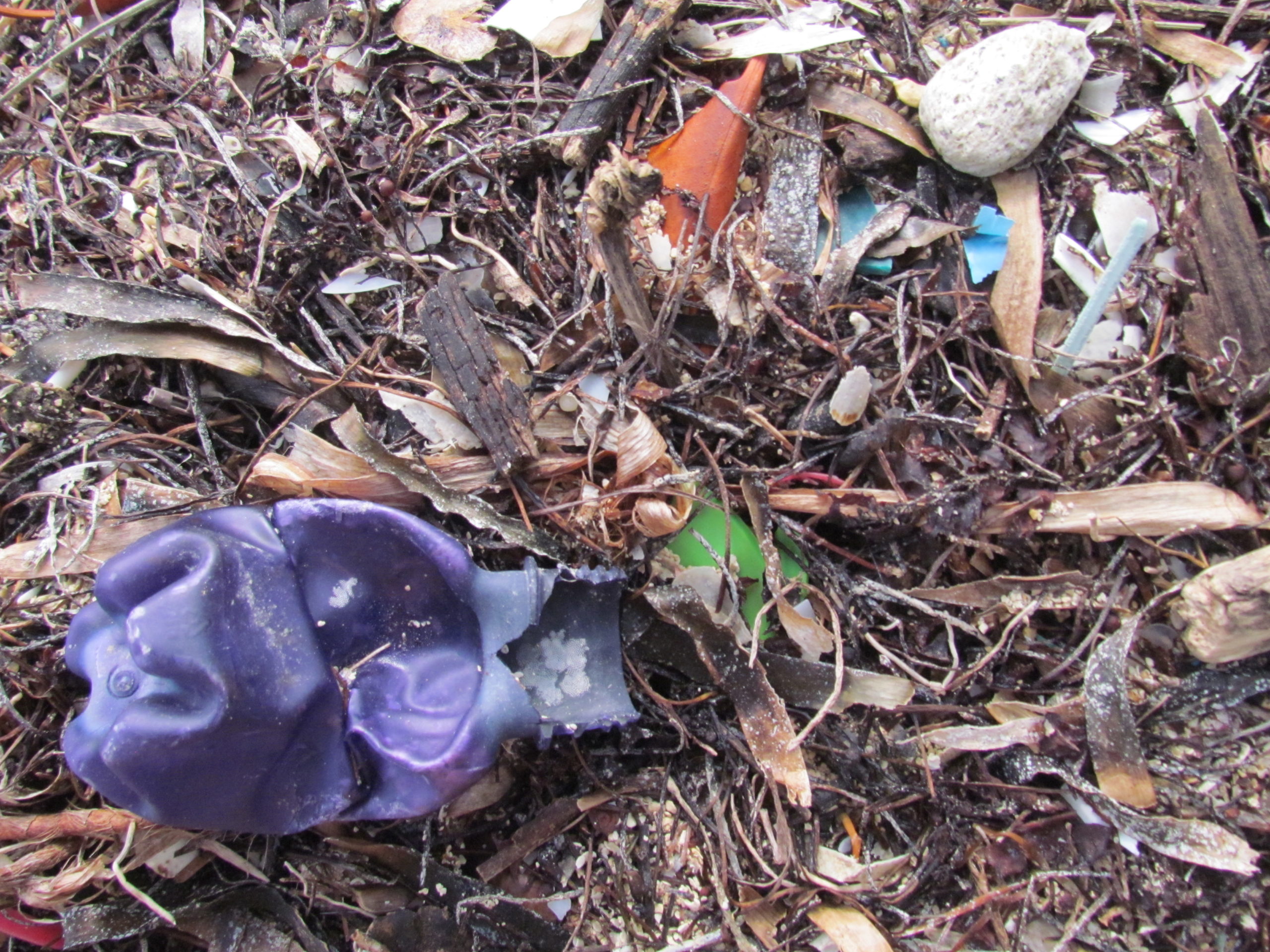By Monique Sosnowski
How often do you take out the trash? You might think you know where all that junk goes, but what’s the real story?
Americans produce hundreds of millions of tons of garbage every year. Yes, HUNDREDS of MILLIONS. And sadly, a significant percentage of this rubbish makes its way straight into natural environments.
Ecosystems around the world are affected by our trash. What you tossed in the trash this morning has a chance of finding its way to South America, Africa, and as far as Asia. That’s farther around the world than most people can dream of travelling!
But the colossal distances our migrant trash covers are not where the story ends. The effects of garbage on wildlife is a rising topic amidst the ever flourishing fields of environmentalism and conservation, and rightfully so! There is simply no way we can keep living in the ignorance of our garbage while at the same time, to any extent, appearing concerned about animals and our environments worldwide.
The biggest impact of trash appears by the water, which makes sense considering that water is the easiest way by which our garbage reaches new destinations. Aquatic mangrove and coral reef ecosystems are hotspots of biodiversity, breeding, and protection, among other things, but are greatly harmed by our water bottles, microbeads, and toxic waste. Our junk not only damages the structures themselves, but also hinders their services and the ability for wildlife to survive. And unfortunately, this is just barely skimming the surface of the damage.

Terrestrial creatures experience our junk some other ways. While various bird species have begun intertwining trash into their nests, other species, like turtles, and otters are being found trapped in plastic bottles and cans. New to the environment, many animals end up consuming our garbage, unaware of its lethal effects on their bodies. Birds, seals, dolphins, and hundreds of other creatures have been found dead with bellies full of our plastics and rubbish.
It’s the thousands of voiceless animal species who so greatly feel the effects of our expanding human society and our growing mounds of trash. So next time you go to throw something in the trash take a moment to think about where it’s really going.
So how can you cut down on trash production? Here are a few easy tips!
1. BYOB
That’s reusable bags and bottles of course! And a little extra bonus: you’ll never have to answer to paper or plastic again ?
2. Don’t buy over-packaged products!
Avoid purchasing items wrapped in unnecessary plastics or other wrappers. An easy way to avoid these items is by shopping at farmers markets. Want to go further? Bring some tupperware from home to pack your foods into!
3. Go paperless
Who wants all that mail anyway? Select the paperless option for your bills, magazines, newspapers and more.
4. Give away or sell whatever you don’t need
Trade the trash for some cash – donate or sell all that stuff you don’t need anymore instead of throwing it away. There’s a good chance someone else might find it useful!
5. Compost
Could our garbage be used for good? Tons of items like tea bags, papers, dust bunnies, pet food, cupcake cups, and yard waste can be composted. Check if your city offers curbside compost pickup or has a green-waste facility. Do you garden? Try using your compost in your own backyard…it might even save you a few bucks on fertilizers.
6. And lastly, always choose to reuse!
There is no easier solution than reusing whatever you can. It’ll save you money and time while keeping our planet clean ?






